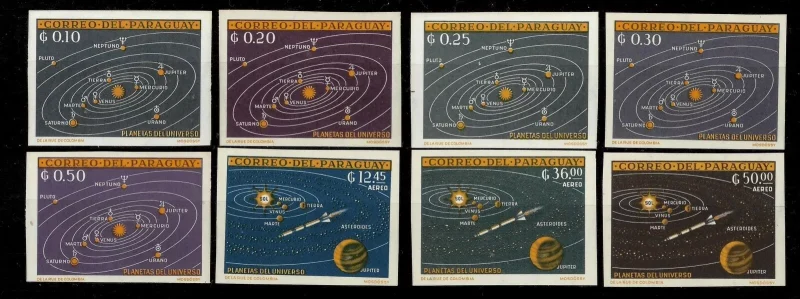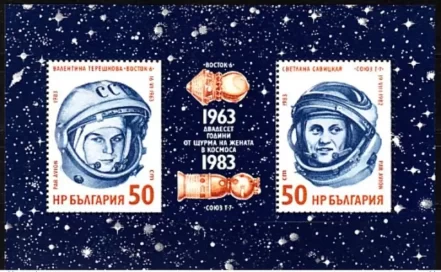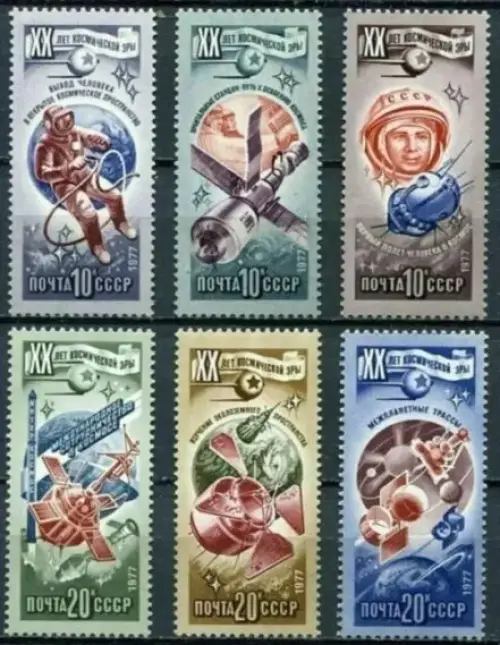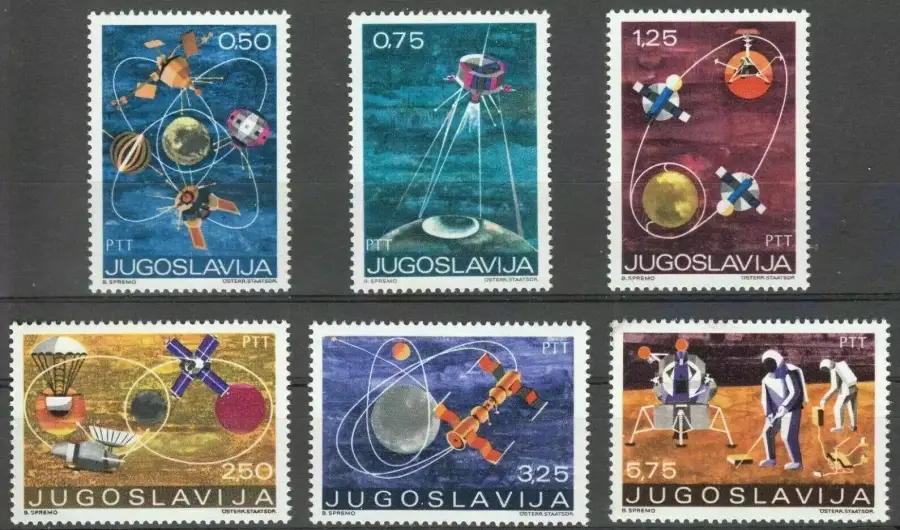Paraguay year 1962 stamps set Solar System Planets MNH
Stamps featuring the Solar System planets have been issued by various countries worldwide, celebrating our celestial neighbors and the achievements of space exploration. These stamp sets typically depict the planets of our solar system—each with its unique characteristics, colors, and atmosphere—and sometimes include imagery related to spacecraft missions, planetary science, and astronomical discoveries.
Notable Solar System Planets Stamp Sets:
1. United States Postal Service (USPS) – 1991 “Exploring the Solar System” Series:
- The USPS released a famous stamp series in 1991, titled “Exploring the Solar System”, featuring the planets of the Solar System and highlighting space exploration missions.
- Each stamp showcased a different planet, with artistic renditions inspired by images sent back by spacecraft such as Voyager and Mariner. For example:
- Mercury: Depicted based on data from the Mariner 10 mission.
- Venus: Showed its thick clouds and surface, referencing the Pioneer Venus missions.
- Mars: Featured the red planet’s famous landscape, reflecting observations from the Viking landers.
- Jupiter, Saturn, Uranus, and Neptune: Highlighted the gas giants and ring systems based on Voyager mission images.
- The series also featured a Pluto stamp with the phrase “Not Yet Explored”, as it had not been visited by any spacecraft at the time. This stamp became iconic after the New Horizons mission in 2015, when Pluto was finally explored.
2. Royal Mail (United Kingdom) – 2020 “Visions of the Universe” Set:
- In 2020, the UK’s Royal Mail issued a beautiful stamp series called “Visions of the Universe”, celebrating the Solar System, space exploration, and the 200th anniversary of the Royal Astronomical Society.
- The set included detailed and visually striking stamps of the planets:
- Earth, Jupiter, Saturn, Uranus, Neptune, and Venus were depicted with real images and enhanced artistic renderings, reflecting humanity’s growing understanding of these celestial bodies.
- The stamps also honored scientific missions and space telescopes, such as the Hubble Space Telescope and Voyager probes.
3. Russia – Solar System and Space Exploration:
- The Soviet Union and Russia have issued many stamps commemorating space exploration and the Solar System, especially in connection with their space achievements.
- Some of the most notable Solar System-related stamps from Russia include the depiction of planets as seen from space probes like Venera (for Venus), Luna (for the Moon), and Mars exploration missions.
- The stamps often featured both planets and the spacecraft or scientific tools used to study them.
4. France – Solar System and Astronomy:
- France has released several series of stamps focused on space exploration and planetary science.
- A notable example is a set featuring images of the planets in the Solar System, often paired with notable scientific achievements or astronomical observations from French scientists and space missions.
5. Australia Post – “Our Solar System” (2011):
- In 2011, Australia Post issued a stamp series titled “Our Solar System”, which featured vibrant, artistic depictions of the planets.
- The designs used colorful representations of the planets, emphasizing their uniqueness. For instance, Mars was shown in its iconic red hue, while Saturn’s majestic rings were highlighted.
6. Other International Sets:
- Several other countries, including Japan, Germany, and Canada, have released commemorative stamp sets featuring the Solar System planets. These often accompany scientific milestones, such as anniversaries of major space missions or astronomical discoveries.
Common Themes in Solar System Stamp Sets:
- Planetary Depictions:
- The planets are usually depicted with vivid, artistic renderings or real images captured by space probes and telescopes.
- Gas giants like Jupiter and Saturn are typically portrayed with their iconic features, such as Saturn’s rings or Jupiter’s Great Red Spot.
- Terrestrial planets like Mars are often shown with their surface features, including Mars’ red dust and craters.
- Spacecraft and Scientific Missions:
- Many Solar System stamp sets commemorate important space missions, such as Voyager, Galileo, Cassini, New Horizons, and the Mars rovers.
- Some sets include images of spacecraft in orbit around planets or robotic landers on the surface, highlighting the technology that has allowed humanity to explore these distant worlds.
- Astronomical Phenomena:
- In addition to the planets, some stamps in these sets include astronomical phenomena such as comets, moons, asteroids, and solar eclipses, all of which contribute to the study of the Solar System.
- International Collaboration:
- Some sets emphasize the spirit of international collaboration in space exploration, showcasing how different nations have contributed to our understanding of the planets, either through joint missions like the International Space Station (ISS) or individual space agency efforts.
Collecting Solar System Stamps:
- Popular Among Philatelists: Solar System stamps are highly popular among philatelists, especially those interested in astronomy and space exploration.
- First-Day Covers (FDCs): Many collectors seek first-day covers of Solar System stamps, which often feature special postmarks and artistic envelopes commemorating space milestones.
Conclusion:
Solar System stamps offer a fascinating glimpse into humanity’s exploration of space. Whether through artistic representations or real images from space probes, these stamps capture the beauty and mystery of the planets in our Solar System. They not only commemorate significant achievements in space exploration but also inspire curiosity about the universe and our place within it.










Reviews
There are no reviews yet.